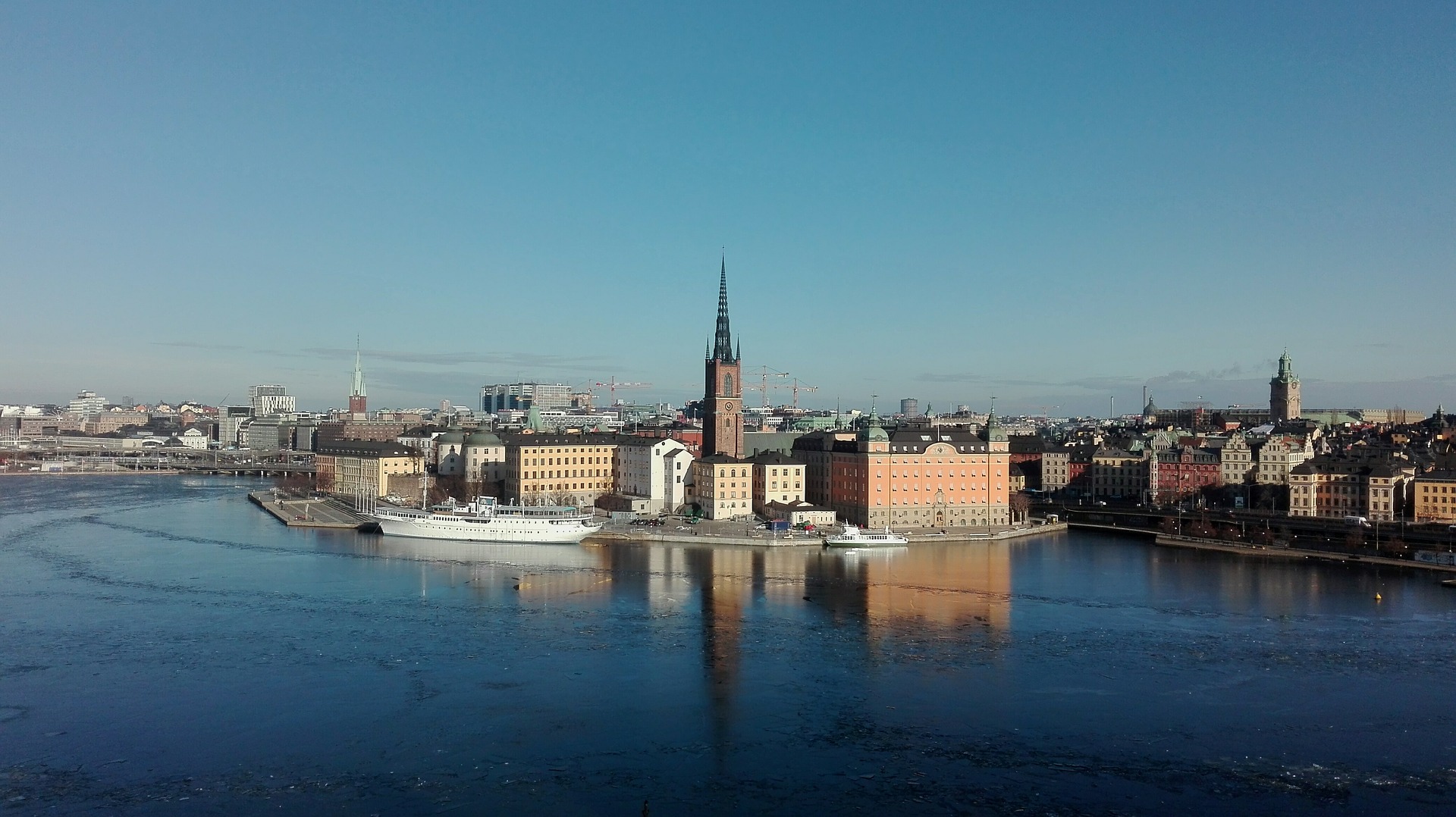
South Korea's Nordic Obsessions
A couple of months ago, I bought a monstera, a potted plant that my Swedish friend recommended as an indoor-friendly houseplant that grew in minimal natural lighting. He showed me photos of his place in Sweden with monstera plants hanging off the Nordic wooden shelves.
When I looked up this perforated dark green plant on Naver, a popular South Korean search engine, an impressive number of results popped up, often containing the term “Nordic” in their descriptions of the plant (although it’s in fact native to the tropical regions of the Americas). Some Koreans even call this the “Instagram” plant because it’s chic and appears often on the eponymous social media platform.
For trend-sensitive South Koreans, Nordic style has been an immediate showstopper since the early 2000s. Displaying “Nordic” plants on a clean-cut wooden table is deemed fashionable. But it’s not only the minimalistic aesthetics that makes South Koreans yearn for Scandinavia.
Frequently referred to as some of the world’s happiest countries, Nordic lands are celebrated for their seemingly desirable living standards including free education, universal health care, paid family leave and long vacations, among other welfare benefits. And the Nordic fad is not unique to South Korea. Last year’s “hygge” craze and Bernie Sanders’ lionizing of Nordic social democracy added weight to the existing romanticization of these nations.
For many South Koreans, some of whom call their homeland “Hell Joseon,” the country’s seemingly stark contrast with Nordic countries leads to their idealization as blissful utopias.
South Korean Nordophiles come together in numerous communities offline and online. They commonly gather at Nordic restaurants that embody the region’s interior design and offer comforting, homemade Nordic food to share their fondness for the countries that some of them even dream of fleeing to.
Nordikhus is an online community that shares information about the Scandinavian lifestyle and immigration to Nordic countries. In January, media-startup Naked Denmark launched a book club called Danmark Bogklub, where people come together monthly to discuss books about Denmark. The first book the members read together was “Open Sandwich: Nordic-style Recipe for Happiness.”
Often, members of these communities discuss potential opportunities to visit, study, work or emigrate to Nordic countries.
43-year-old Lee Min-woo has never been to Finland but owns over 100 books about the country. “When my father died, I regretted having neglected my family because of my job and what have you. That’s when I thought of the Nordic idea of family. Family — not work or company — is the source of happiness for the Finnish,” Lee told daily newspaper Hankook Ilbo.
But South Koreans’ unrelenting hankering for a Nordic paradise often fails to see that utopia does not exist in reality. For one, South Koreans fleeing to Nordic countries will inevitably face a language barrier, frigid weather conditions and cultural differences. Lee Jong-han, head of Nordikhus, told Korea Exposé that moving to Nordic countries solely with aspirations to live in a new place is likely to fail. “Because the values and culture of each country are made for their people, it would be a lie to say that a South Korean with a Korean mindset would immediately be content after moving to Nordic countries.”
Racial discrimination should not be overlooked; far-right populists are on the rise in the region, as everywhere else in Europe. Some say the popularized term “hygge” is reflective of this trend, entailing an insular mentality that rejects differences and unfamiliarities.
Lee of Nordikhus said that people who consult him are often unwilling to admit publicly that they don’t see themselves living happily in South Korea. But many quickly admit their discontent in their homeland once they talk privately with Lee.
“I don’t think that should be the reason to flee South Korea,” said Lee, although he is still helping people seek opportunities outside the country. Lee himself has attempted to live abroad three times — including in the U.S and Sweden.
Cover image source: Pixabay

